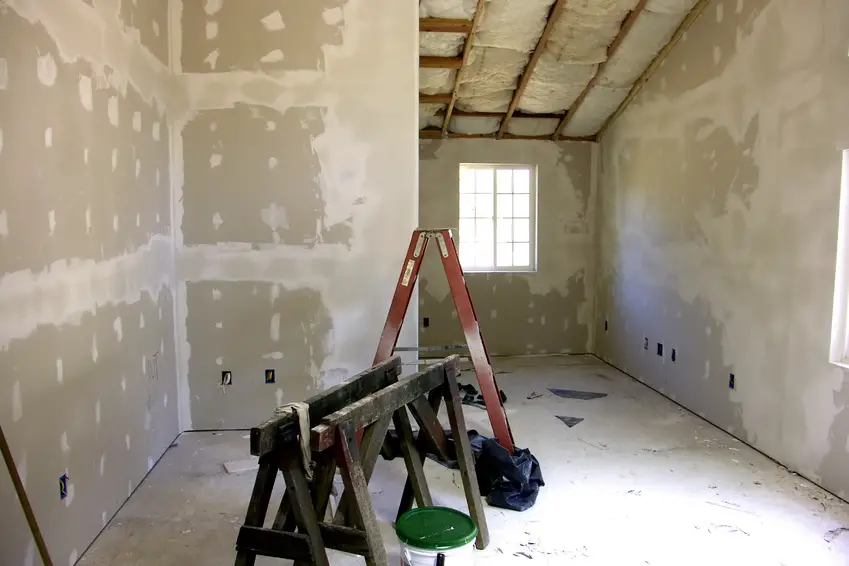 Embarking on a comprehensive home remodel is an exciting opportunity to transform your living space into the home of your dreams. However, without proper budgeting, costs can quickly spiral out of control. Knowing what to expect financially and how to allocate funds efficiently is critical for a successful project. Here’s a guide to help you budget effectively for a comprehensive home remodel, including insights into typical costs for major renovations.
Embarking on a comprehensive home remodel is an exciting opportunity to transform your living space into the home of your dreams. However, without proper budgeting, costs can quickly spiral out of control. Knowing what to expect financially and how to allocate funds efficiently is critical for a successful project. Here’s a guide to help you budget effectively for a comprehensive home remodel, including insights into typical costs for major renovations.
1. Set Clear Goals for Your Remodel
The first step in creating a budget is defining the scope of your project. Are you planning to update one or two rooms, or are you undertaking a whole-house transformation? Clear goals will help you prioritize tasks and allocate your budget wisely.
For example, if your kitchen is the focal point of your remodel, be prepared for significant cost variation. Kitchen remodels can range from $14,500 for basic updates to as much as $70,000 for high-end renovations, depending on the materials and scope of work. Opting for premium countertops, cabinetry, and appliances will increase costs but can also add substantial value to your home.
2. Research Costs for Specific Upgrades
Knowing the average costs for specific renovations can help you plan your budget more effectively. For instance, if your remodel includes replacing windows, it’s essential to understand the price differences between materials. According to Remodeling Magazine’s Cost Vs Value Report, vinyl window replacements typically cost around $11,319, while wood window replacements average $12,229. Choosing vinyl over wood may help you save on upfront costs without sacrificing quality or energy efficiency.
3. Factor in Exterior Improvements
Comprehensive home remodels often include exterior updates to boost curb appeal and functionality. Replacing your garage door is one of the most cost-effective exterior upgrades you can make. As reported by Remodeling Magazine, the average garage door installation costs approximately $3,907. This investment not only enhances your home’s appearance but also improves security and energy efficiency.
4. Create a Detailed Remodeling Budget
A detailed budget is crucial for managing costs throughout the remodeling process. Break down your expenses into categories such as materials, labor, permits, and unexpected costs. Allocate funds for each category based on your priorities and the scope of work.
Include a contingency fund – usually 10-20% of your total budget – for unforeseen expenses. Whether it’s a hidden plumbing issue or a material shortage, having a financial cushion will help you handle surprises without derailing your project.
5. Balance Value and Quality
When selecting materials and finishes, aim for a balance between quality and cost. While high-end options can elevate your home’s aesthetic, they aren’t always necessary for achieving a beautiful and functional space.
For example, you might choose vinyl windows instead of wood to save on your budget, as the quality of modern vinyl options has improved significantly. Similarly, consider mid-range kitchen cabinets and countertops that offer durability and style without the premium price tag.
6. Work with Experienced Professionals
Hiring experienced contractors, designers, and architects is essential for staying on budget and achieving high-quality results. Professionals can provide accurate cost estimates, help you source affordable materials, and ensure the work is completed efficiently.
When hiring contractors for a comprehensive home remodel, request multiple bids and verify their credentials. An experienced professional can also help you identify cost-effective alternatives, like selecting energy-efficient windows or optimizing layouts to save on material costs.
7. Focus on Return on Investment (ROI)
Certain remodels offer better ROI than others, so prioritize projects that add long-term value to your home. For instance, upgrading your garage door not only enhances curb appeal but also provides a solid return on investment. Similarly, investing in energy-efficient windows can reduce utility bills, making them a smart financial decision.
8. Monitor Expenses Throughout the Project
Once your remodel begins, keep a close eye on expenses to avoid going over budget. Review invoices, track spending, and communicate regularly with your contractors to ensure the project stays on track.
Regular monitoring will also help you identify potential savings or reallocate funds to cover unexpected costs. For example, if you save on vinyl window replacements, you can use those funds to upgrade your kitchen fixtures or flooring.
Photo Credit: stock photo

Question of the Week